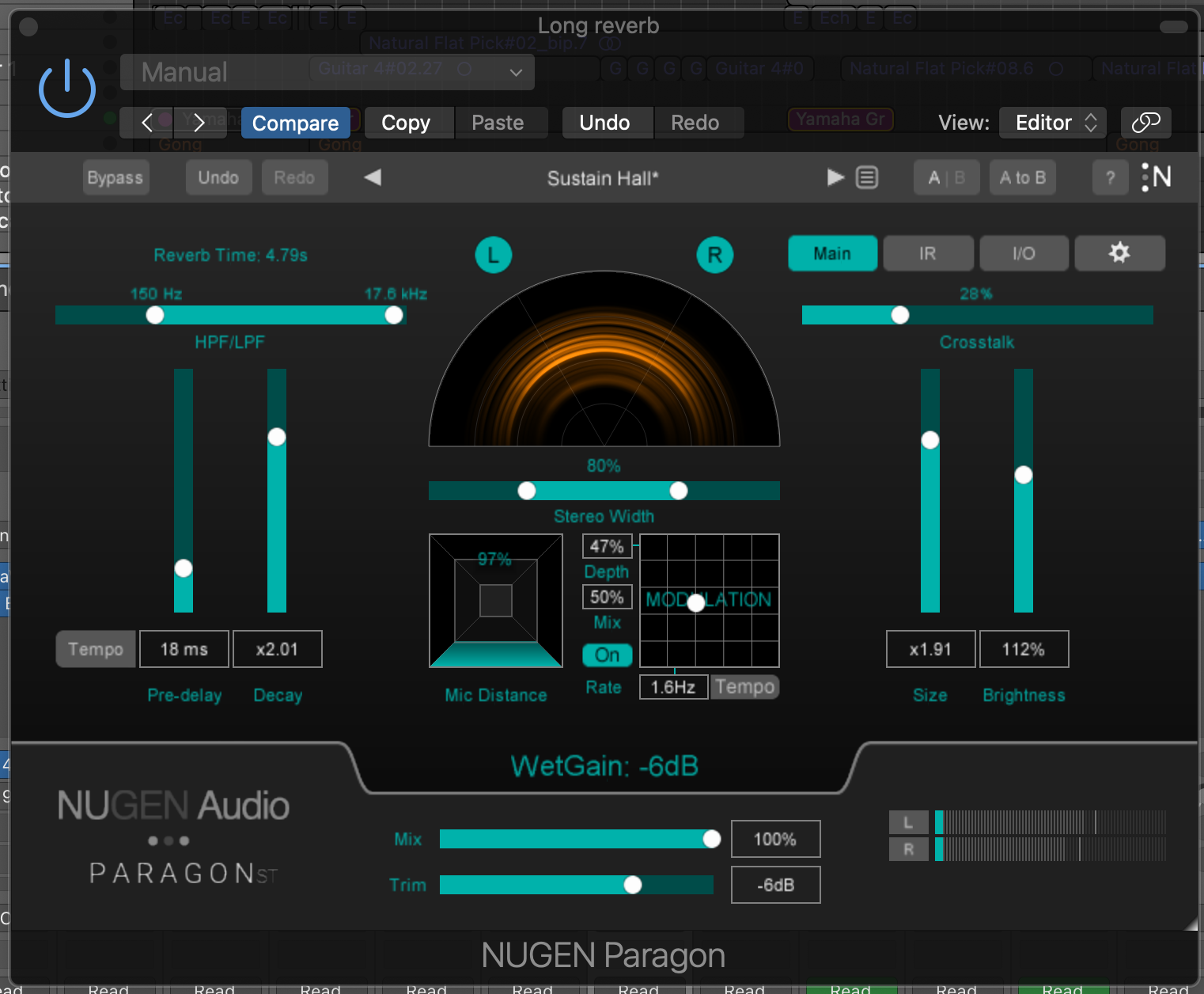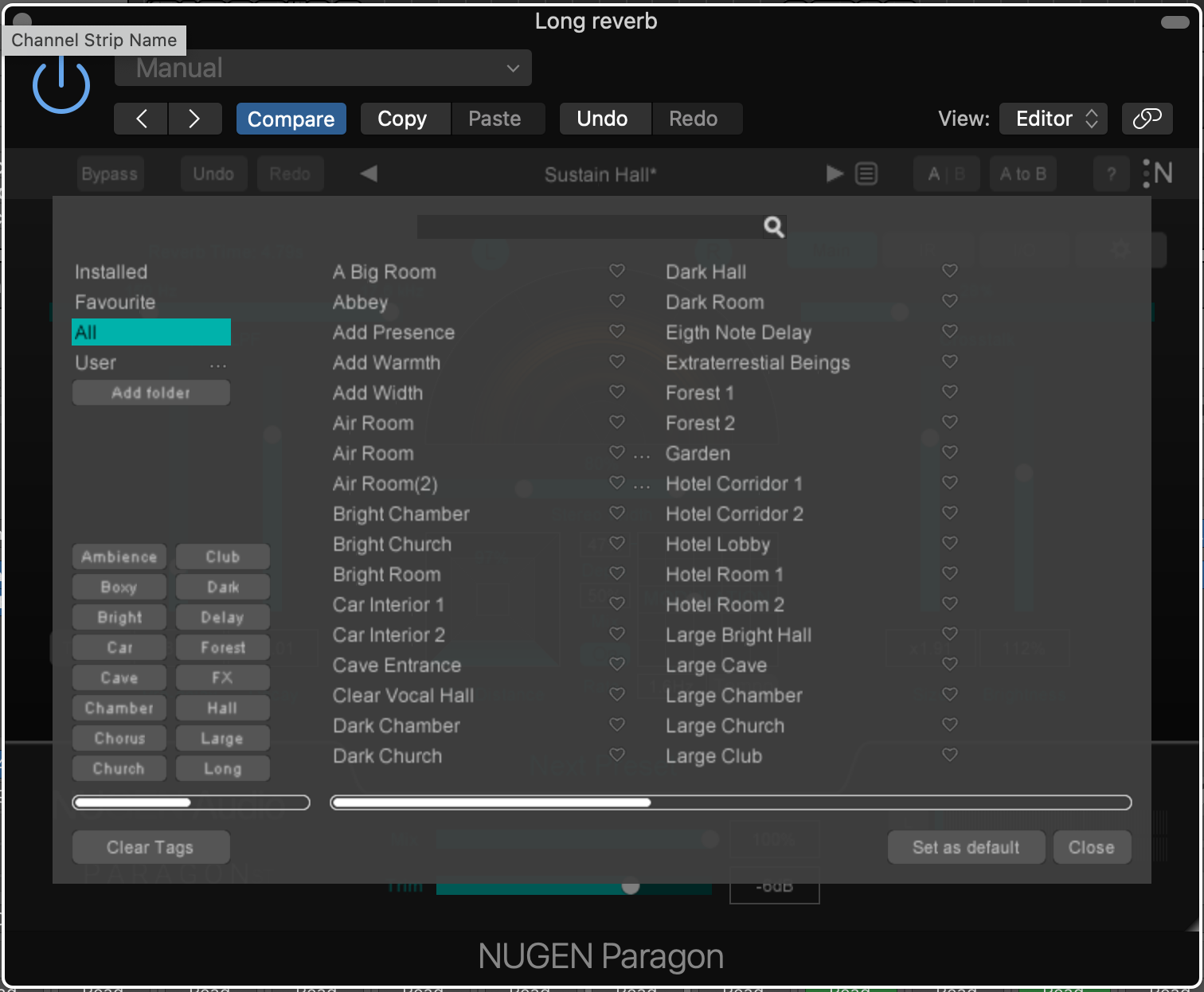NUGEN has been creating some very interesting products over the last few years and Paragon – a true convolution reverb using the actual impulse responses from real spaces – is definitely their most ambitious to date…
The idea of convolution reverbs is nothing new, and there are several available, however where Paragon differs from others is in the way it resynthesizes the impulse response (IR) and generates a new IR based on the parameters set by the user. In effect what you have is an algorithmic style of control and manipulation of actual 3D spaces in real-time with no time stretching. In fact, Paragon has created quite a buzz in the world of film and post production because of its amazing sound, usability and its support for multi-channel formats up to 7.1.12, as well as Dolby Atmos and other immersive technologies.
This resynthesis technology was developed by Dr. Jez Wells at the University of York, England and is based around a modeller and an interactor. The complex modelling which is at the heart of Paragon was done in-house by a team of NUGEN engineers and forms the basis of the preset library. The reverb models are not the IRs but a blueprint for construction, and generate key components of the IR as they are selected. The interactor allows smaller sections of the IR to be regenerated depending on the parameters set by the user in real-time and with no artifacts.
Late last year, NUGEN released an update to Paragon which reflected suggestions and ideas from users and the design team alike. One of which resulted in the release of a version called Paragon ST, which as the name implies is a stereo rather than a surround sound plugin aimed squarely at music production. My initial look and click through told me this is no ordinary reverb, and while the reverbs themselves are absolutely lush and bold, it is the unbelievable level of control and manipulation of the reverbs in real-time that make this such a unique and interesting product.





